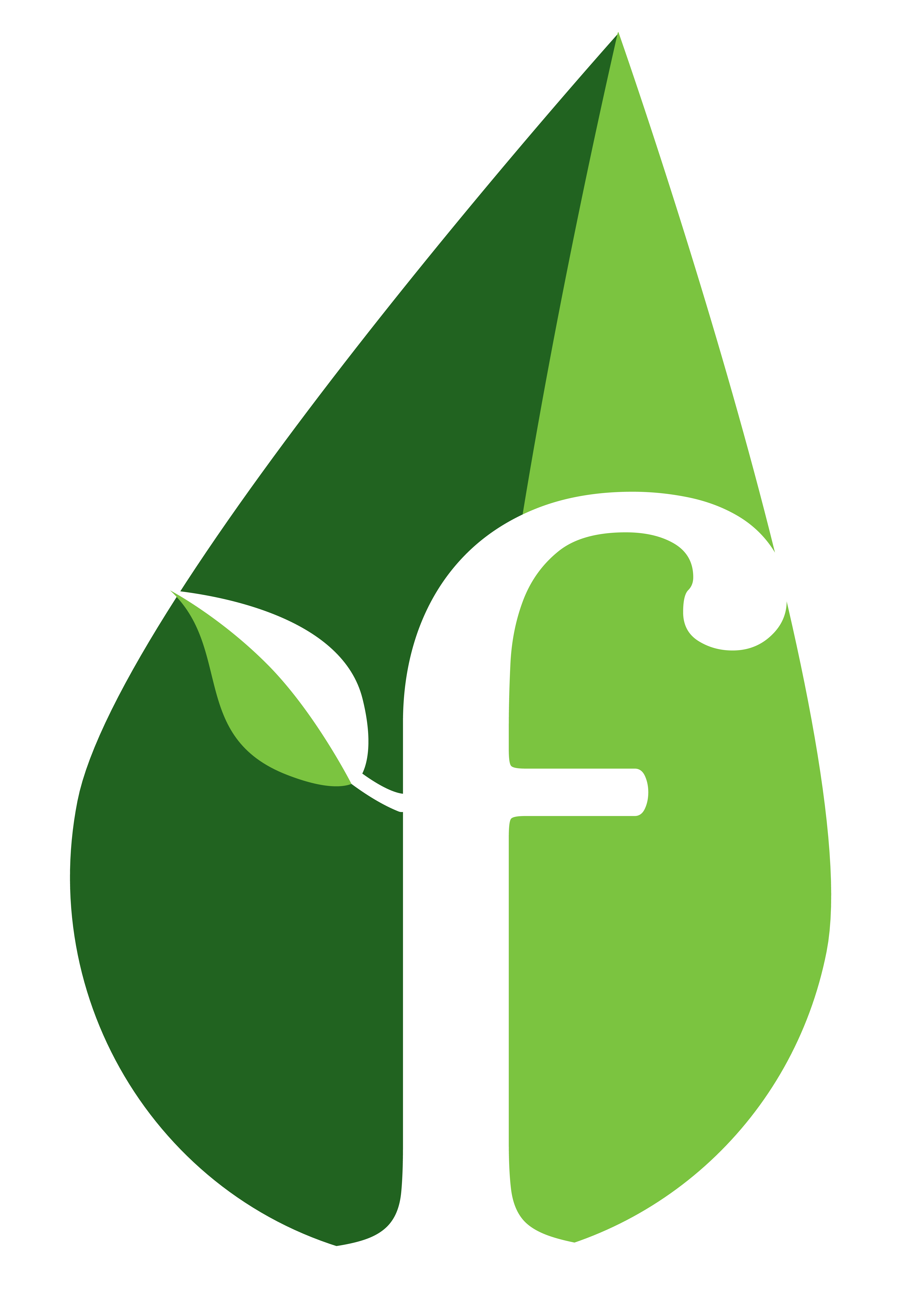
In this guest blog post, Shawn Parrotte, Marketing Manager at Designli and friend of the Founder Institute, explains how to make your app more attractive to users, as well as how to keep them coming back.
Customers are using apps now more than ever, and mobile usage will only continue to grow. And while building an app may seem like a smart move for aspiring entrepreneurs, keep in mind that there is still the considerable challenge of getting users to regularly use your app.
The Reality Of Mobile Apps
Let’s look at the facts about people’s mobile usage. The average smartphone user spends about 90% of their time in apps, while the other 10% they’re surfing the mobile web. This sounds like great news for app developers, doesn’t it?
Collectively, we know we’re all pretty much glued to our phones, so apps must be getting a huge chunk of the action, right? Well, yes and no.
Unfortunately, our habits don’t necessarily translate to a large number of apps. Think about how many apps you use on a regular basis. If you’re like most people, you have between five and seven that you spend most of your time in.
But let’s dig into the numbers even further. Did you know that 23% of apps downloaded are never used again after the first open? And even more shocking, a whopping 25% of apps are never even opened at all. Not even once!
We know that mobile use is on the rise and the app economy continues to grow. (And it's projecting to the a $100billion+ industry in 2020.) But by understanding how people natively use apps, you can make sure your users will love yours. Because you don't want to be lumped into either of those statistics.
So how can you make people come back to your app again and again?
Before we ask that question, you now know there are two barriers that lie ahead. The barrier of first open and the barrier of second open. If you can get past them, then you’ll have a good chance of making your app stick. Let's looks at some strategies to overcome these barriers.
Why Open an App in the First Place?
Let’s consider the first open. What would make someone download an app but not use it? You’ve probably done this at least once. Maybe you read about a particular app in a blog you follow. Maybe a friend told you about one they use all the time. Maybe you downloaded one while you were just browsing the app store. Why did you let it rot on the 3rd, 4th, or 5th page on your phone?
There's a very real possibility is that an unopened app just isn’t compelling enough to invest the time and mental energy into. If a user is confused about what value an app has for them, why would they go through the trouble of trying to figure it out by themselves?
Here are some strategies for getting the first open:
Don’t be Everything to Everyone
Successful apps do one thing and do it well. They may pick up other features as they grow, but that’s they start simple. Be extremely focused about what kind of value your app brings to your audience. No one want to have to figure it out for themselves.
Express your Value as Vibrantly and as Often as Possible
This means creating enticing copy on the app stores, a website that conveys the value your app creates, and even an entire brand that represents how you want to impact people's lives through your app. These just remove any doubt or confusion from your potential users.
Create a Unique Experience
Highlight how you're creating a unique experience that users can only get through your app. This is important for B2B or ecommerce apps. Can you add unique discovery elements or social sharing? For an added nudge, maybe consider offering a discount on the first purchase made through the app.
First Impressions Lead to Second Opens
Now that you’ve gotten your user “through the door” so to speak, why wouldn’t you want them to come back? For the return journey, getting your users to make that second open relies on the first going exceptionally well. For this barrier, you need to create a seamless and engaging first impression.
If signing up, connecting all relevant information, and learning how to use your app is intuitive, then your users will know that you truly understand their needs. They can then feel safe and confident that it’s worth investing the time to use your app. They may even save space on their home screen for you.
Here are some strategies for a solid first impression:
Get to the features fast
The more ways you block someone from getting to try out what your app really does, the higher chance they’ll get annoyed and leave. Spend the time to craft a quick and enjoyable sign-up process and a fun and simple on-boarding experience. Don’t bombard them with required forms or force them to create a lengthy profile right at the beginning. Get to the good stuff!
Reward them for performing the right actions
Once your user is engaged, you want them to see magic that your app creates, and reward them for it. Consider adding subtle elements of gamification to your app, it could be as simple as a congratulatory message or as complex as a point system or rankings.
A Little Push Maybe?
Another, more abrupt way of encouraging a second open is to use push notifications to draw interest back into the app. You have to be careful with these because they can be annoying and off-putting if they’re not tastefully executed.
If there’s a way to personalize a notification based on the information you’ve gleaned from the first interaction, while also sharing very relevant and engaging information, it might be the right kind of nudge that incentivizes your user to come back and engage with your app the second time.
Why Not Test?
A common way for overcoming these barriers is to do extensive user testing on your app before releasing the final (first) version.
Many companies start out with an MVP of their app (a way of testing out the absolute minimum functionality app) to get it into the hands of the people who are going to use it so you can test the assumptions of how the app works and if those using it can figure out the functions of the app in the way that you intended.
If you have the budget to build out an MVP before the final version, it can be a huge asset for your mobile development strategy.
(application software icons on mobile image by Shutterstock)



